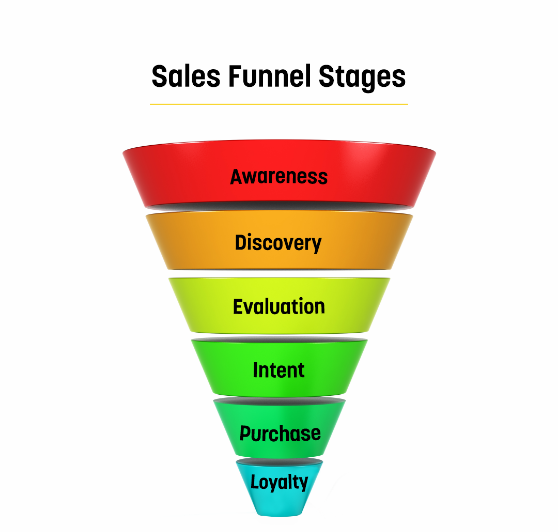Blog
19 september 2022 Pantul Kothari

Visibility and Persuasion in Digital Marketing
During the times when Kings ruled, and loudspeakers meant anybody with a booming voice, public announcements were made by “Town Criers”, who would travel from village to village and shout out the Royal message to the townspeople. But before they could voice the message, they would beat their drums or ring large bells to call out to the villagers and coax them to come and listen.
In the context of modern-day advertising, the ringing of the bell or the beating of the drums are the efforts made to “gain public attention”. Grabbing public attention is what gives you visibility, or in the case of the town crier–the listening audience.
Advertising is the business of gaining and using the attention of prospects to sell products, services or even points of view. Every communication collateral you create can be reduced to these factors, often including both. Every bit of Marcom involves getting visibility & attention and using it through persuasion.
The Sales Funnel
The sales funnel is a structured way to gain the attention of prospects and guide them into a journey that ends with a purchase.
A typical sales funnel is something like this: The funnel illustrates that at the top end, there will be many prospects which will progressively reduce as we come to the bottom.
ToFU is the Top of the Funnel, MoFU is the Middle of the Funnel, and BoFU is the Bottom of the Funnel.
- In a typical campaign at the top end of the funnel, you work predominantly on gaining attention and leads–through spreading awareness and enabling prospects to discover your brand.
- Persuasion works in the MoFU portion of the sales funnel and works to help prospects evaluate the brand and create an intent to purchase.
- At the BoFu or Bottom of the Funnel, we have purchasers whose loyalty we foster and guard with zealous efforts.

What is the relationship between visibility & persuasion here?
The simple equation is that the more widely you gain attention, the larger the number of leads/prospects you have in the top end of the funnel. The more leads you have, the higher the possibilities of your total revenues.
What type of collaterals do you typically use in the different parts of the funnel?
ToFu Gaining attention and generating leads can involve: website, blogs, display ads, social media posts, SEO/SEM, videos, podcasts related to your brand, product or brand, free trials or sampling, etc.
MoFU Engagement with prospects is the major task in the Middle of the Funnel. You can use direct emailers, white papers, brochures, retargeting to improve visibility and draw engagement, comparison videos, special offers, e-books, newsletters, user testimonials, recommendations from experts & influencers.
BoFU At the bottom of the funnel, when the purchase is made, the idea is to reinforce customer delight and engage with the customer to foster loyalty and advocacy. The idea is that now that you have a purchaser let’s move him into a maven who recommends. Here you can use loyalty rewards, membership to exclusive user associations, early bird announcements on upgrades etc. the task at this level is mostly community building and evangelising the brand.
It’s much more complicated than the Town Crier, but then we live in complex times! So, what collaterals do you use in different stages of the funnel? Tell us, and if you would like to know more, connect with us.